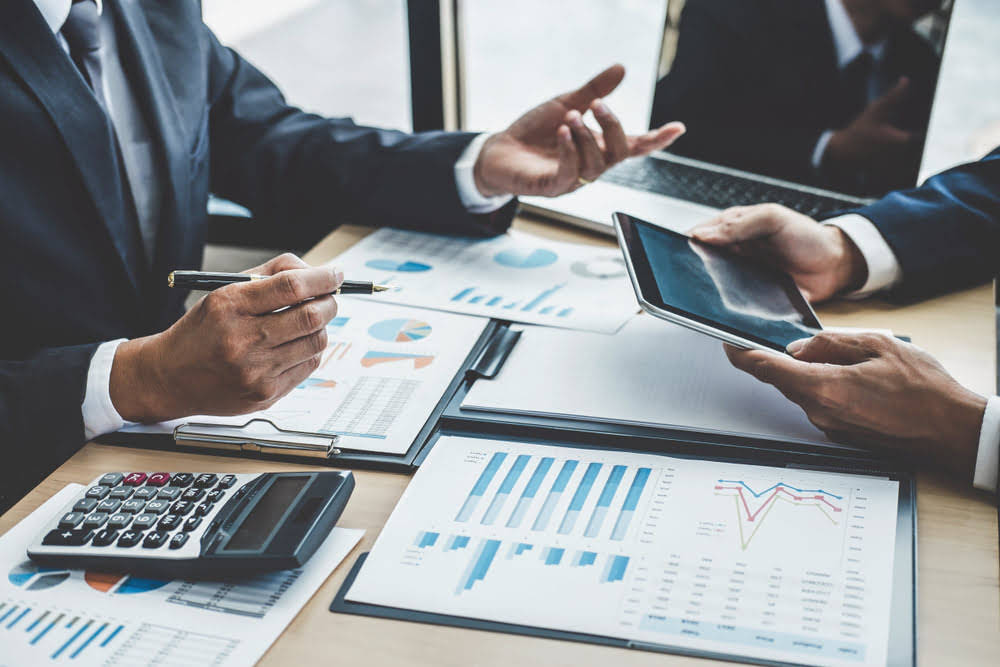Hence, investing in budgeting or spend management software will be a smart move for capital expense management. It is very important for finance officers to prepare a budget for capital expenses ahead of making any purchases. Since capital expenses are costly, irreversible, and irreplaceable by their very nature, even small decision-making missteps can lead to huge losses. It is extremely important for businesses to do due diligence and need analysis before buying a major fixed asset. This is because fixed assets are not only high-value expenses but also because they are difficult to reverse.
- Thomas J Catalano is a CFP and Registered Investment Adviser with the state of South Carolina, where he launched his own financial advisory firm in 2018.
- Capex planning refers to the process of identifying and prioritizing capital expenditure projects based on the company’s strategic objectives, financial resources, and other factors.
- For example, a company must weigh the pros and cons of investing in a new computer system that will have a useful life of five years.
- Capex (capital expenditure) can be calculated by comparing the values of long-term assets on a company’s balance sheet from one period to the next.
On the other hand, if the purchase (and the corresponding benefit) is expected to be depleted within one year, it should be expensed in the period incurred. In short, any expenditures related to acquiring new assets such as those listed above or upgrading these assets is a type of capital expenditure. “Useful life” of a capital expense is the number of years for which it remains usable before reaching complete accumulated depreciation.
The Difference Between a Capital Expenditure and an Operational Expenditure
They can also be expenses related to the expansion of the company by acquiring new assets. A few of the biggest things to remember are that you need to account for the depreciation expense. As long as the current assets will benefit you for longer than one year, they’re considered CapEx. It hence goes without saying that these assets have to be apt for extended company use without a significant decline in performance.
Capital expenditure (CapEx) is the funds that a company invests in long-term assets such as property, plant, and equipment (PP&E). Depreciation is the method of accounting for the gradual loss of value of these long-term assets over time. The CapEx amount is important in the statement because it helps investors and analysts understand how much cash a company is investing in its long-term assets. If a company is consistently investing a large amount of cash in CapEx, it may indicate that the company is growing or improving its operations. Conversely, a decrease in CapEx may indicate that the company is not investing in its long-term assets, which could negatively impact its future growth prospects.
ROA and ROE Impact – Capitalize vs. Expense
Whether an item is capitalized or expensed comes down to its useful life, i.e. the estimated amount of time that benefits are anticipated to be received. For investors to better understand the financial health and prospects of a business, they should thoroughly understand the capital expenditures. Capital expenditures are related to growing and improving the assets of a business.
Service Included, FinOps Foundation Counts Cost Of Cloud – Forbes
Service Included, FinOps Foundation Counts Cost Of Cloud.
Posted: Tue, 21 Nov 2023 22:43:39 GMT [source]
Depreciation and amortization are done because the value of most capital expenditures decreases over time, mostly through wear and tear. Depreciation is the periodical allocation of a tangible asset’s cost on the balance sheet. Amortization functions in the same way, but is more focused on intangible assets. Depending capital expenditure examples on the nature of the business, most capital expenditures fall under the category of Property, Plant, and Equipment while some do not. They are usually physical, fixed, and non-consumable assets such as property, equipment, or infrastructure. However, they can also include intangible assets such as a patent or license.
How to calculate capital expenditures?
Depending on the type and price of machinery in question, the cost of buying those machines would be either revenue or capital expenditures. Long-term-use machines, or machines that are much more expensive, would come under the capital bracket; anything else would settle as revenue expenditures. They are then charged as an expense over their useful life using depreciation or amortization. Measuring and estimating the costs and benefits of capital expenditures can be a complex and challenging task. In other words, capital expenditures are considered sunk costs, and businesses have to “sink or swim” with their decisions. This indicates that for every $2 dollars of cash gained through its business operations, the company has previously allotted around $1 dollar for capital expenditures.
- This type of expenditure is made in order to expand the productive or competitive posture of a business.
- This may include land, buildings, vehicles, furniture, office equipment, machinery, and franchise rights.
- They break down differently, depending on the size of the payment and the time across which it needs to be paid for.
- Before starting a project, you need to find the scope of the project, work out realistic deadlines, and ensure that the whole plan is reviewed and approved.
- Since capital expenses are costly, irreversible, and irreplaceable by their very nature, even small decision-making missteps can lead to huge losses.
- A company that has a sound strategy for how they manage its capital expenditures can provide a potential investment opportunity.

















